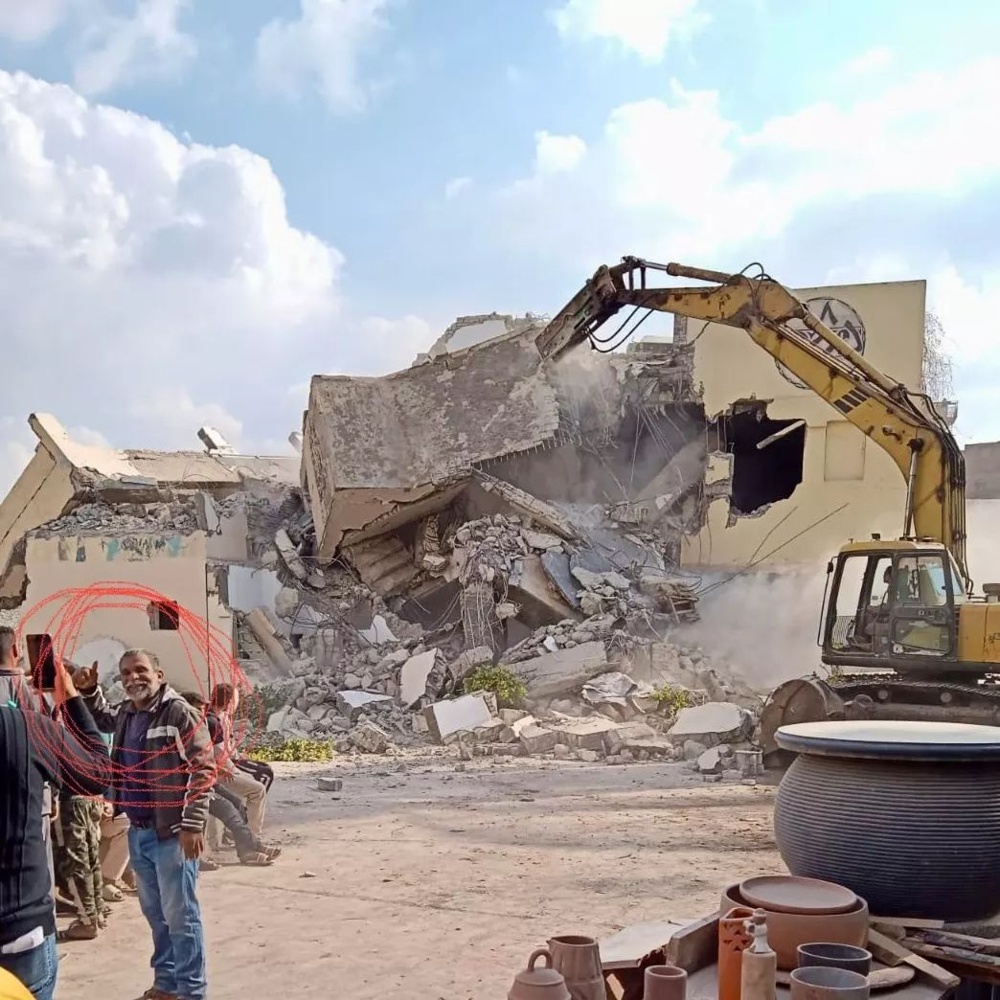The article details the unexpected demolition of Darb 1718, a prominent art center in Cairo, which occurred on January 6. This event forms part of Egypt's extensive urban redevelopment project under President Abdel Fattah el-Sisi's administration. The goal of this project is to modernize the densely populated city of Cairo and to establish a new, $59 billion capital at the desert's edge. This massive urban overhaul has involved the construction of over 4,000 miles of roads and 900 bridges and tunnels.
Darb 1718, known for being a hub for artists and craftsmen, was demolished without any prior notification or financial compensation, sparking outrage and sadness within the art community. The center, a historical landmark in Cairo, had been a vibrant space for cultural activities like exhibitions, concerts, and workshops for 16 years. It was named in remembrance of the 1977 "bread riots" in Egypt.
The demolition is part of a worrying trend where the redevelopment efforts have resulted in the erasure of entire neighborhoods and historical sites. This has raised significant concerns about the preservation of Cairo's rich cultural heritage and the forced displacement of its residents. In August, the government began demolishing buildings in the ancient Fustat area, known for housing many of Cairo’s traditional craftspeople.
Moataz Nasreldin, the founder of Darb 1718, speaking on a popular Egyptian TV show hosted by Lamis Elhadidy, highlighted the cultural loss. He mentioned that artworks by 150 international artists, valued at millions, were destroyed. This incident has even elicited unusual criticism from figures like Elhadidy, who typically supports the government. She poignantly criticized the regime's disregard for Cairo's historical and cultural identity, lamenting the city's transformation into a landscape dominated by roads, asphalt, and bridges.


 Jean Dubreil
Jean Dubreil